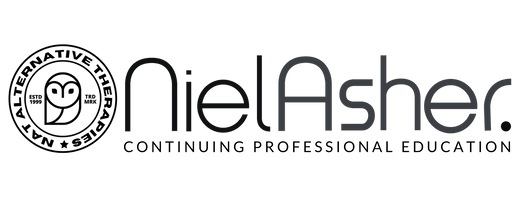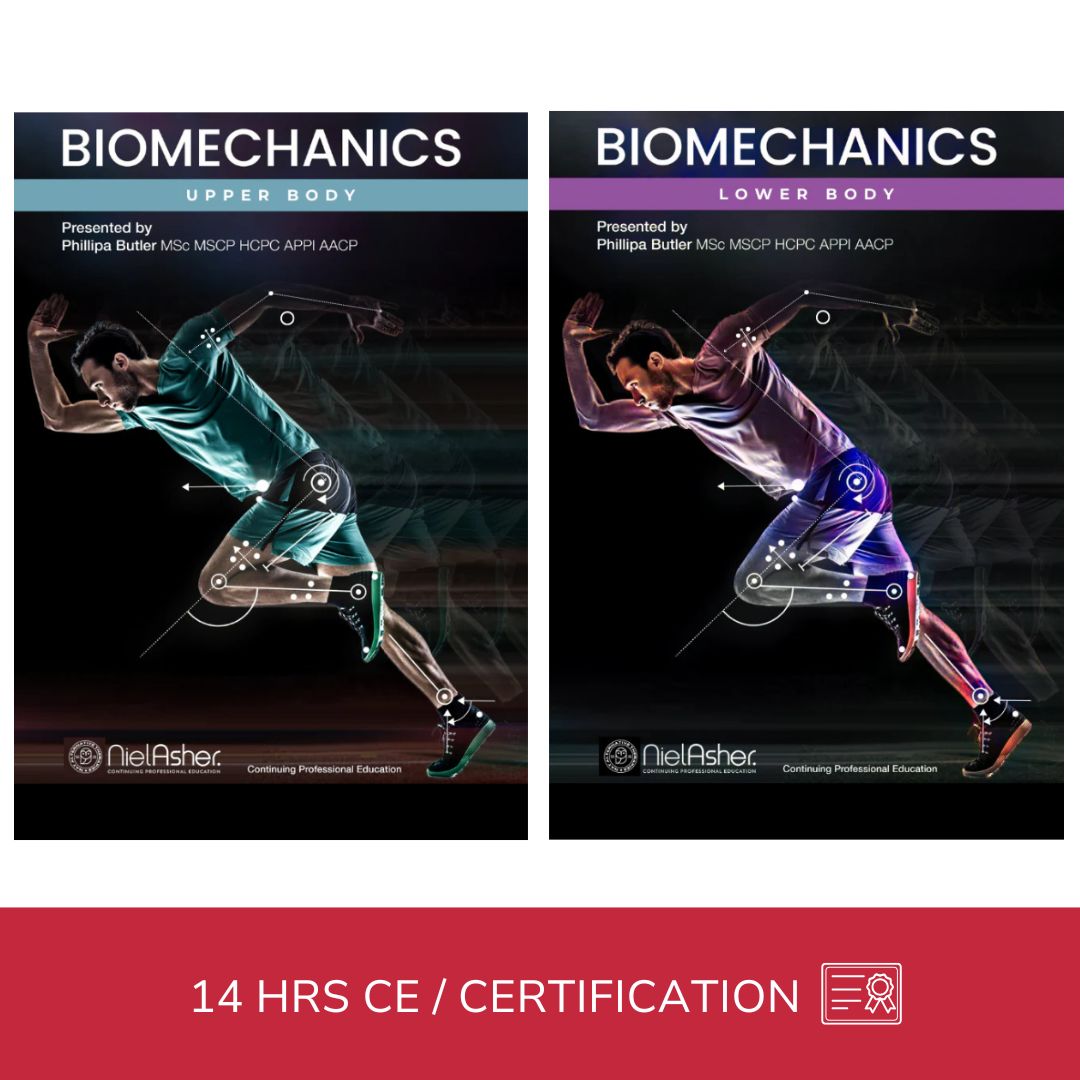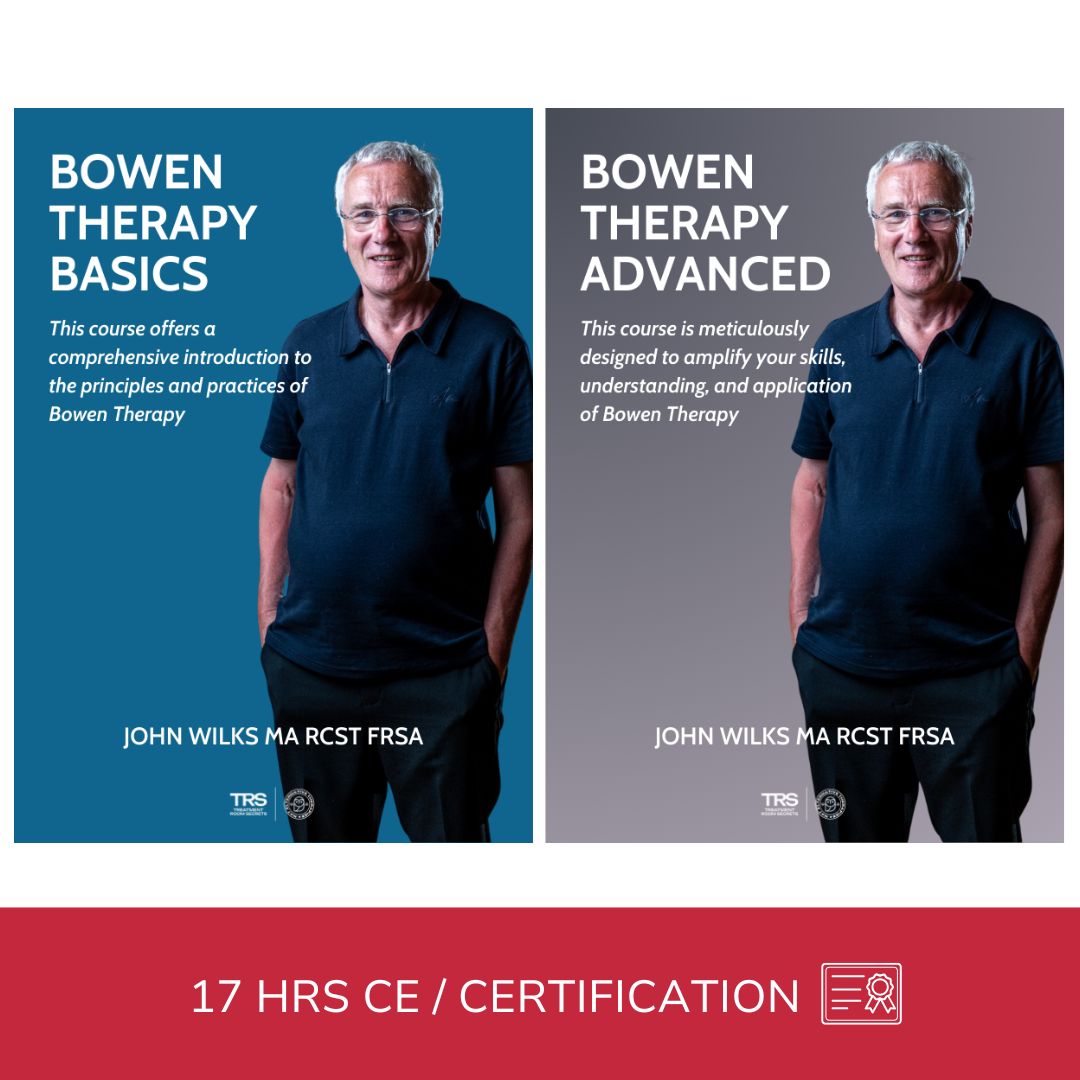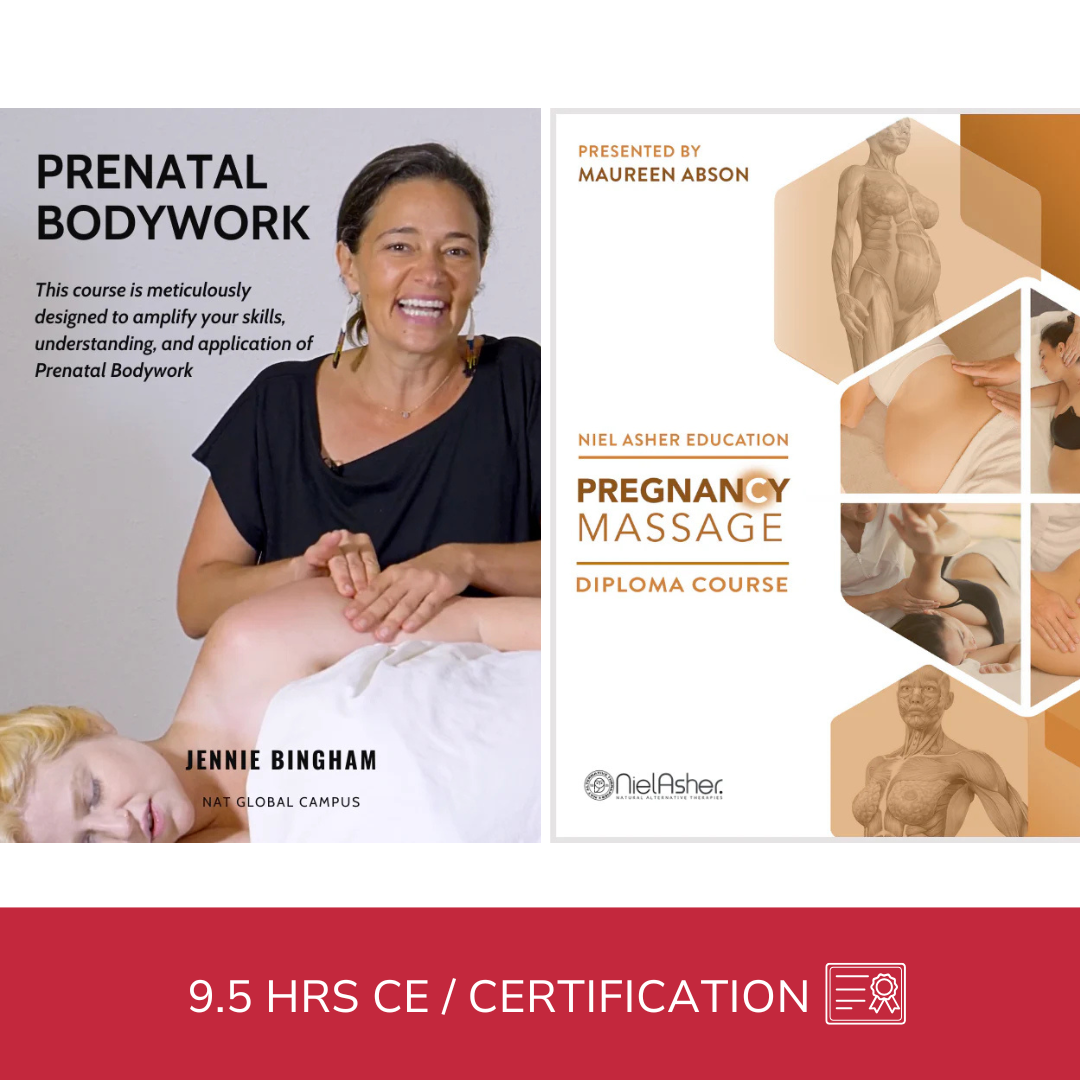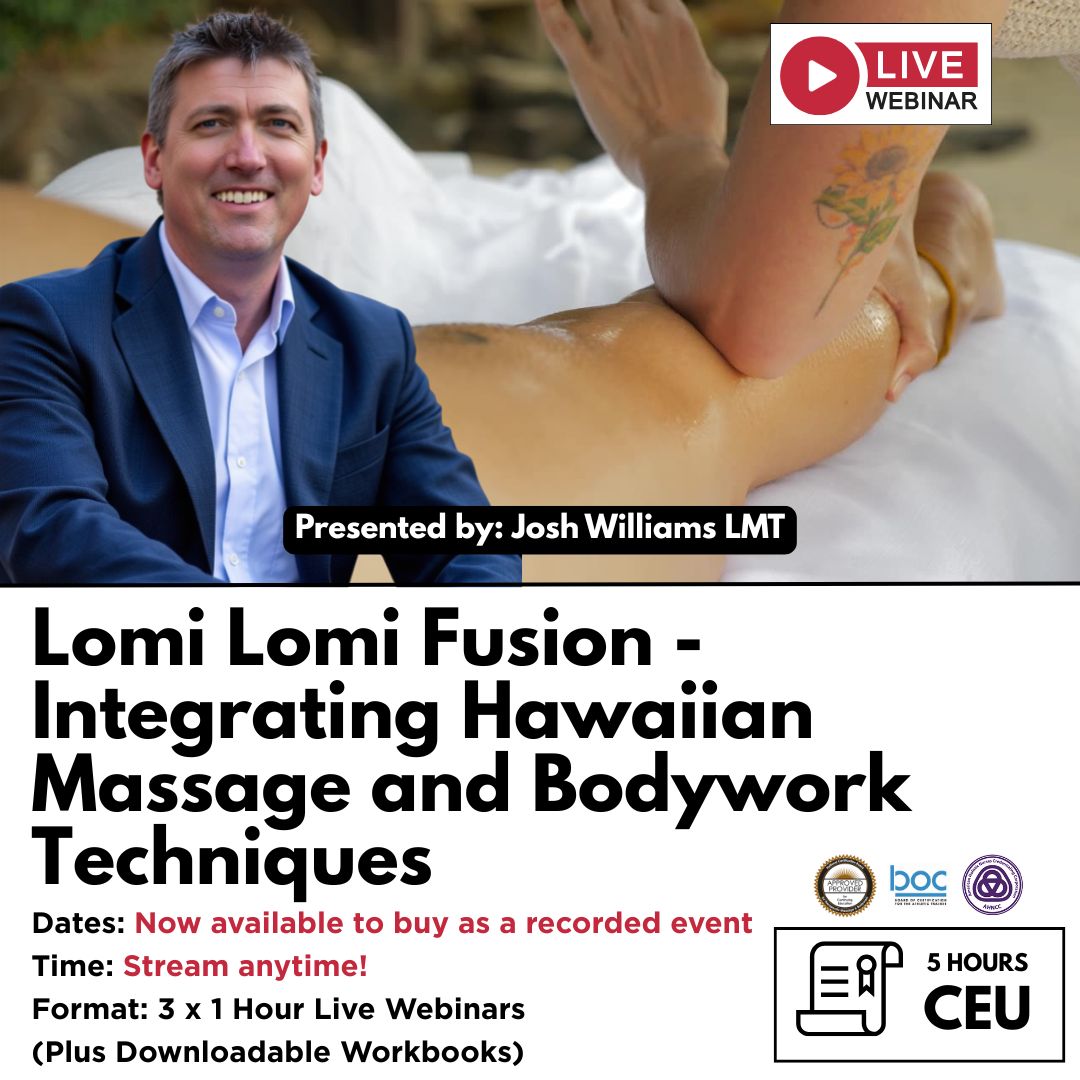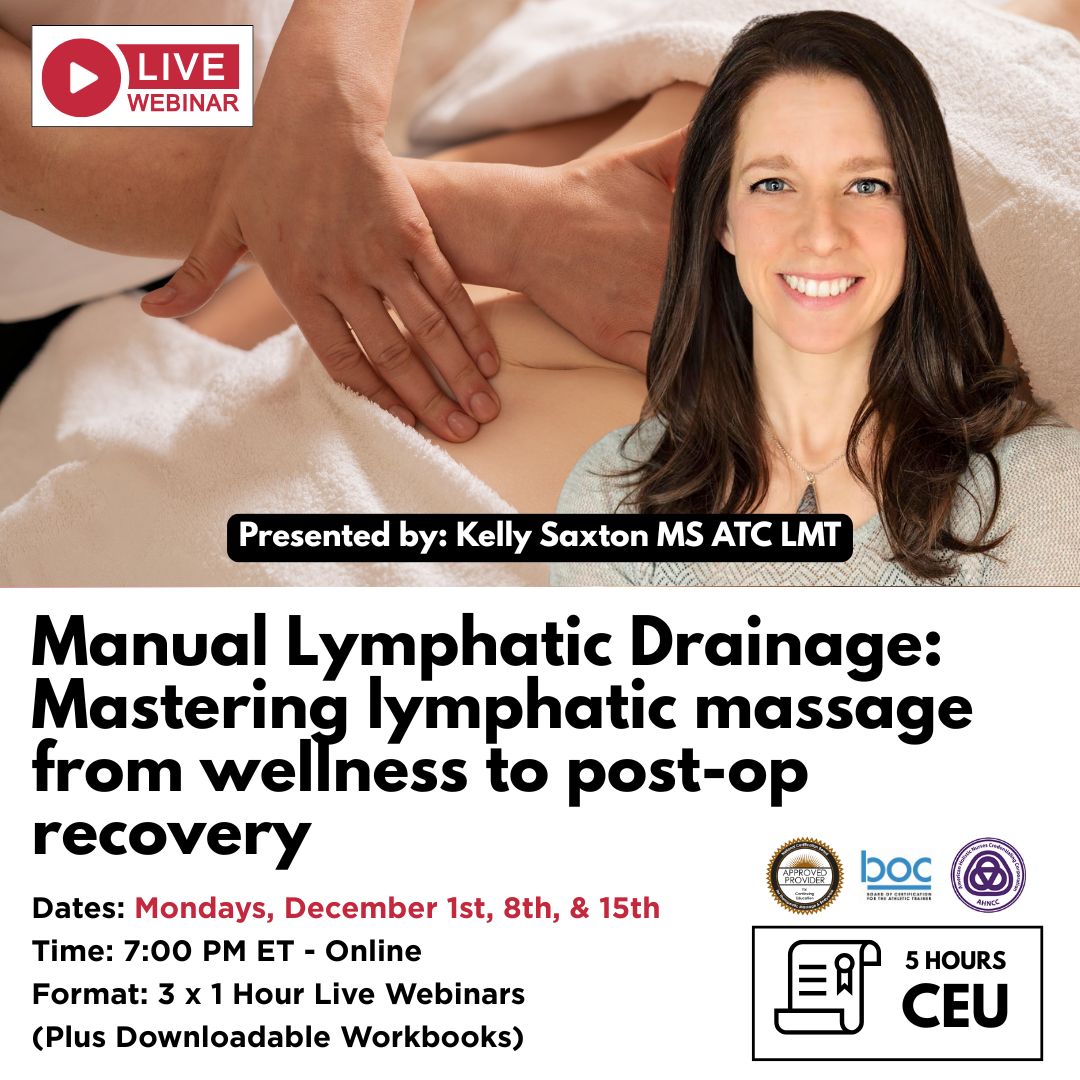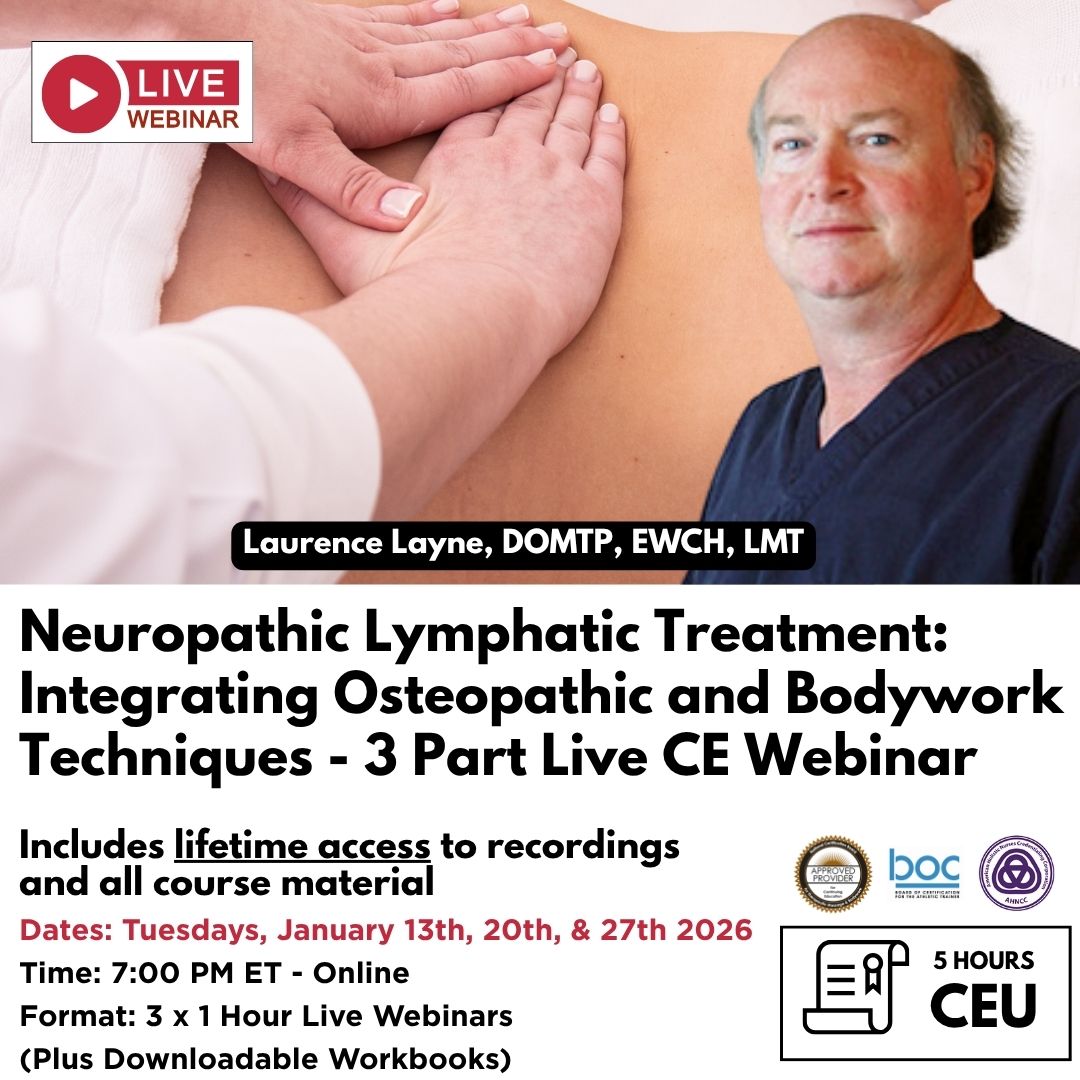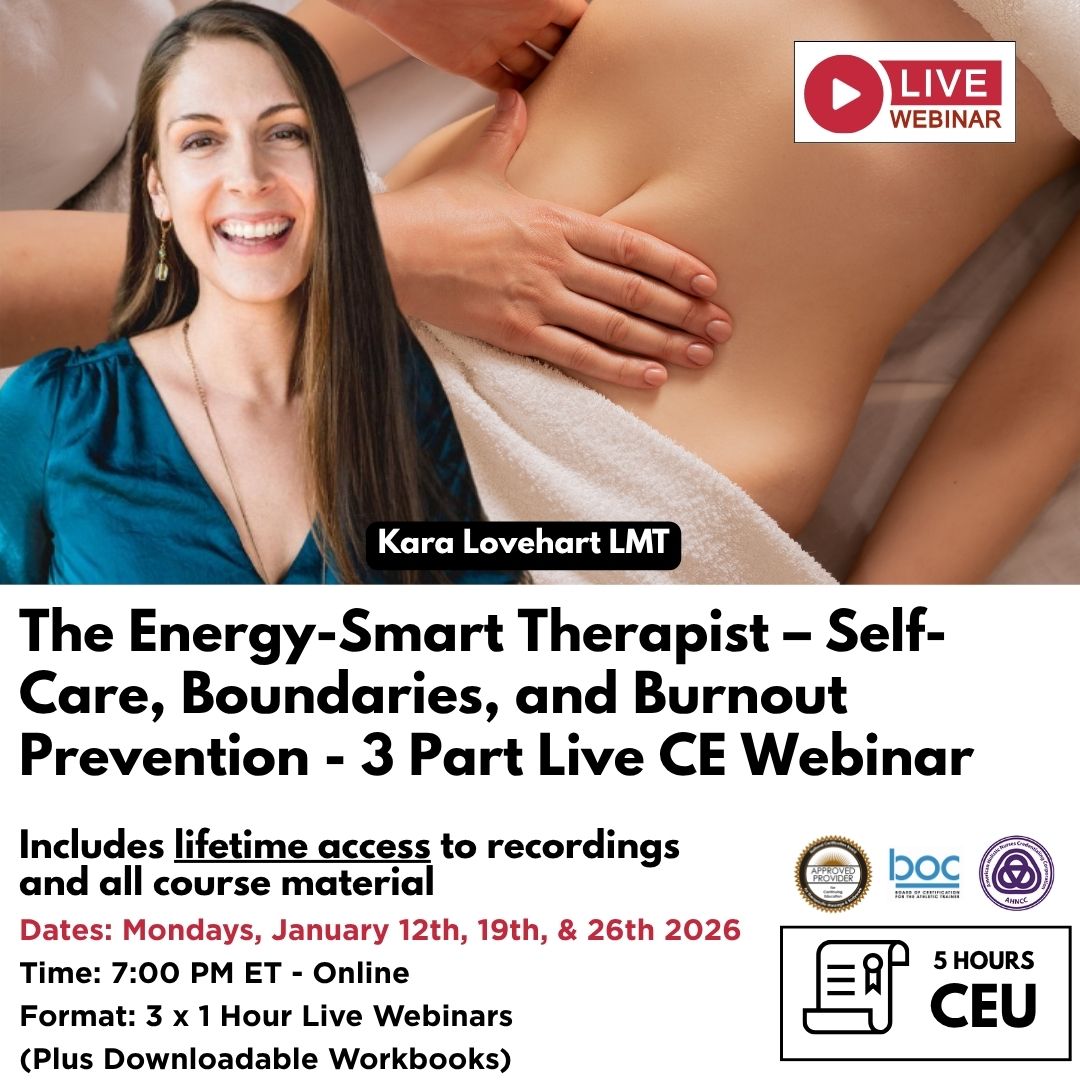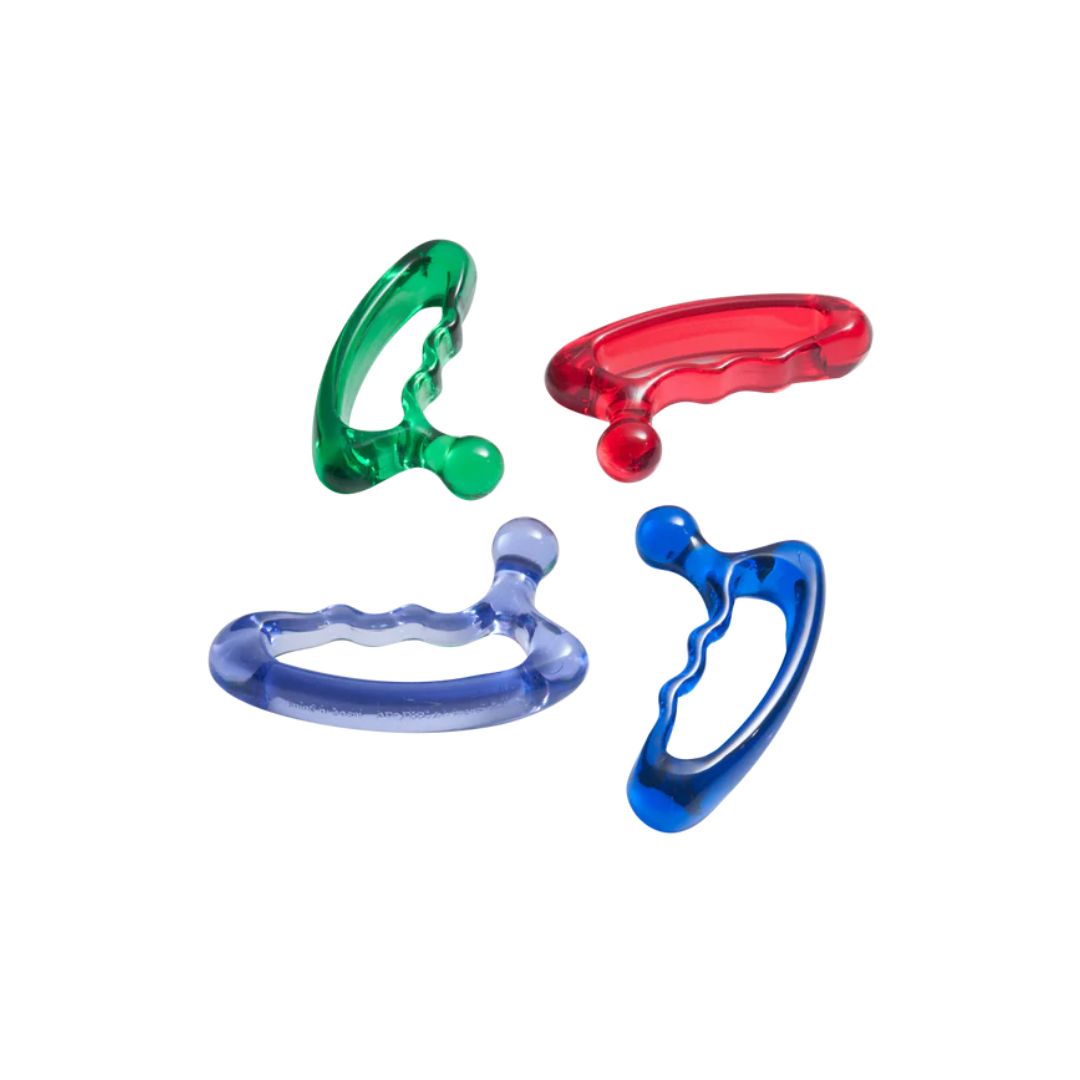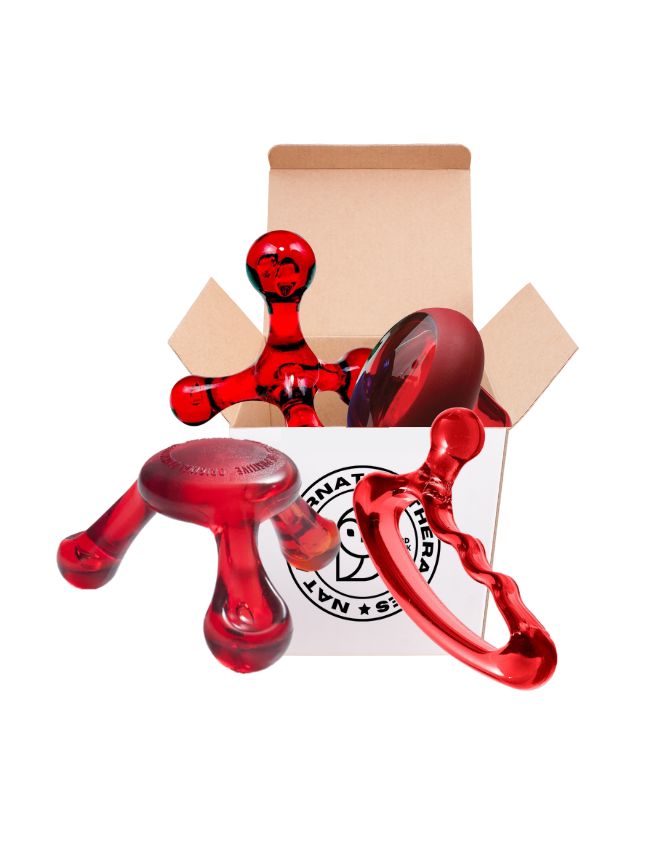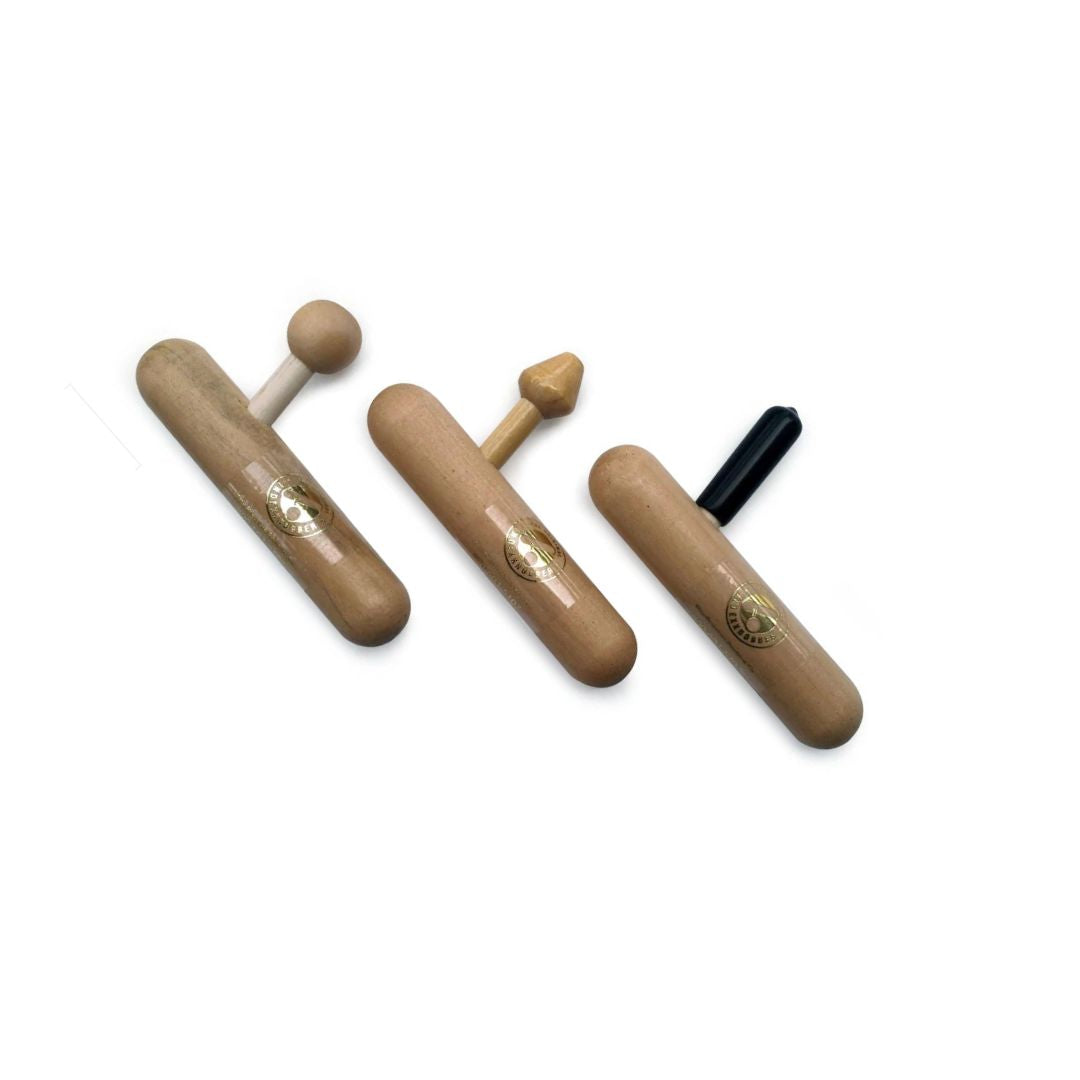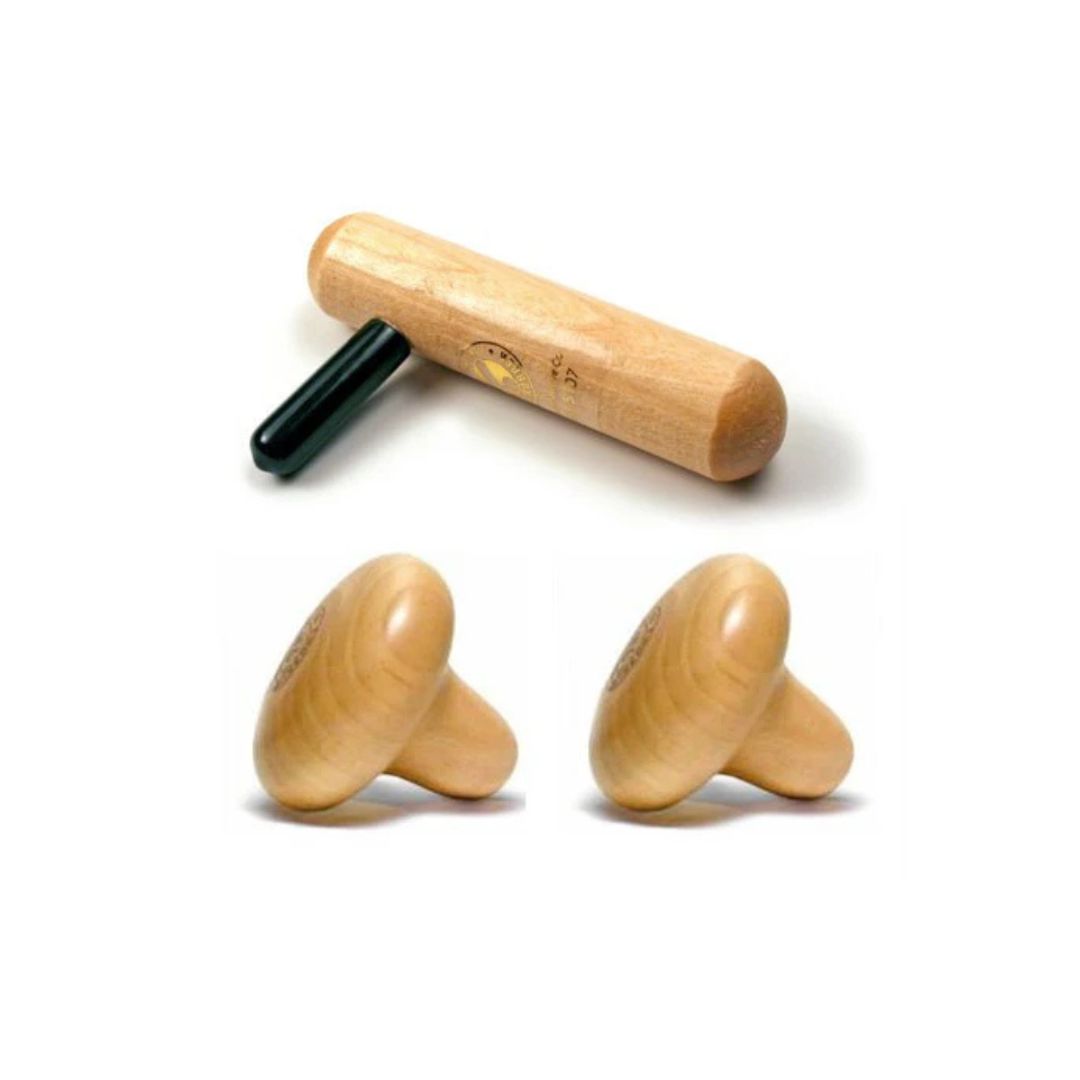How To Treat Trigger Points - Clinical Guidance
How To Treat Trigger Points - Clinical Guidance
Best Practice Guidelines for Treating Trigger Points
Paul Townley provides an overview of current best practice guidelines for treating and releasing trigger points. This includes assessment and common treatment techniques including deep stroking massage; the use of trigger point tools; ischemic compression technique; MET and various forms of stretching.
Paul holds a Masters Degree (MSc) in Neuromusculoskeletal medicine, and is a member of the Manipulative Association of Chartered Physiotherapists and the International Federation of Manipulative Therapy.
Paul is qualified as an ESP (Extended Scope Practitioner) and a university lecturer and teacher in the United Kingdom.
In a career spanning more than two decades Paul has worked with elite athletes (including Physiotherapist for Crystal Palace FC - EPL) and has provided specialist physiotherapy services and consultancy to the military.
Trigger Points
Trigger points (tight knots in muscles) can develop over long periods of time as a result of posture, injury, aging - a whole host of reasons, many that we don't know too much about - including "holding patterns", a situation where trigger points form or become active as part of our body's natural "defend and protect" mechanism.
These are used to slow us down or stop us using certain muscles, or use them less, in response to an injury or perceived crisis in the body.
In many cases trigger points will form in the muscles but have no real effect other than occasional mild symptoms of pain, referred pain (pain felt elsewhere in the body or away from the muscle with the trigger point), or stiffness.
In other cases, the trigger points become active and the symptoms from these trigger points become more pronounced and even chronic in nature.
This article is intended to be used for information purposes only and is not intended to be used for medical diagnosis or treatment or to substitute for a medical diagnosis and/or treatment rendered or prescribed by a physician or competent healthcare professional. This information is designed as educational material, but should not be taken as a recommendation for treatment of any particular person or patient. Always consult your physician if you think you need treatment or if you feel unwell
NAT Education Membership Plans
Unlimited Access to all Courses
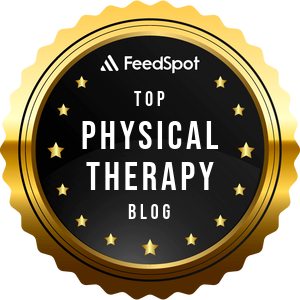
Continuing Professional Education
Looking for Massage Therapy CEUs, PT and ATC continuing education, chiropractic CE, or advanced manual therapy training? Explore our evidence-based online courses designed for hands-on professionals.
